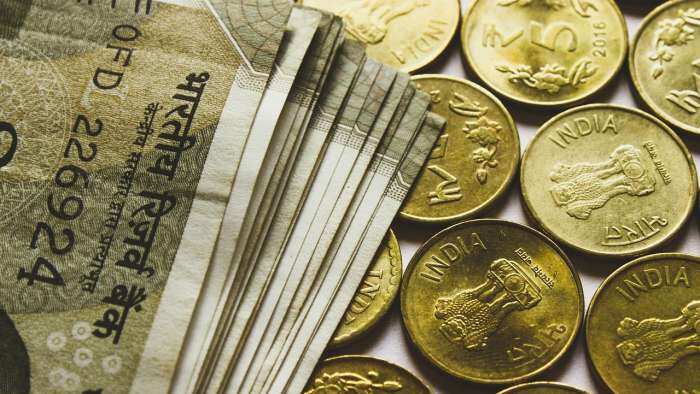Bank of Japan board discusses factors that could affect exit timing
One board member said the second half of the current fiscal year, ending in March 2024, will be an "important period" in determining whether the BOJ's price target will be achieved, the summary showed.
)
Bank of Japan policymakers discussed various factors that must be taken into account when exiting ultra-loose policy, a summary of opinions at their September meeting showed on Monday. One board member said the second half of the current fiscal year, ending in March 2024, will be an "important period" in determining whether the BOJ's price target will be achieved, the summary showed.
Another member said achievement of the BOJ's 2 per cent inflation target seems to have "clearly come in sight," which meant the bank may be able to determine whether the target will be met around January to March next year, the summary showed. "Even if the BOJ were to terminate its negative interest rate policy, this can be considered as continuation of monetary easing if real interest rates remain negative. It is important for the Bank to carefully provide communication on this," one member was quoted as saying.
In the future phase of an exit from ultra-loose policy, the BOJ should consider not only the treatment of yield curve control but whether it needs to continue buying assets other than Japanese government bonds (JGB), another opinion showed. At the September meeting, the BOJ maintained ultra-low interest rates and its pledge to keep supporting the economy until inflation sustainably hits its target.
Under yield curve control (YCC), the BOJ guides short-term interest rates at -0.1 per cent and the 10-year JGB yield around 0 per cent. Aside from JGBs, the central bank also buys risky assets such as exchange-traded funds (ETF) as part of efforts to pump money into the economy and revitalise growth.
Get Latest Business News, Stock Market Updates and Videos; Check your tax outgo through Income Tax Calculator and save money through our Personal Finance coverage. Check Business Breaking News Live on Zee Business Twitter and Facebook. Subscribe on YouTube.
RECOMMENDED STORIES

SBI Senior Citizen FD Rate: Here's what State Bank of India giving on 1-year, 3-year, 5-year fixed deposits currently

SIP+SWP: Rs 10,000 monthly SIP for 20 years, Rs 25 lakh lump sum investment, then Rs 2.15 lakh monthly income for 25 years; see expert calculations

SBI Guaranteed Return Scheme: Know how much maturity amount you will get on Rs 2 lakh, 2.5 lakh, 3 lakh, 3.5 lakh and Rs 4 lakh investments under Amrit Vrishti FD scheme

SBI Senior Citizen Latest FD Rates: What senior citizens can get on Rs 7 lakh, Rs 14 lakh, and Rs 21 lakh investments in Amrit Vrishti, 1-, 3-, and 5-year fixed deposits

Power of Compounding: How soon will monthly SIP of Rs 6,000, Rs 8,000, and Rs 10,000 reach Rs 5 crore corpus target?
07:53 AM IST








 Bank of Japan raises its key interest rate, aiming to curb yen's slide against the dollar
Bank of Japan raises its key interest rate, aiming to curb yen's slide against the dollar  Japan's machinery orders rise sharply, may ease concerns about domestic demand
Japan's machinery orders rise sharply, may ease concerns about domestic demand Bank of Japan may be less dovish than markets think
Bank of Japan may be less dovish than markets think No surprise, yen to remain weak: Experts after BOJ ends negative interest rate policy
No surprise, yen to remain weak: Experts after BOJ ends negative interest rate policy BOJ chief Ueda slightly tones down optimism on economy
BOJ chief Ueda slightly tones down optimism on economy